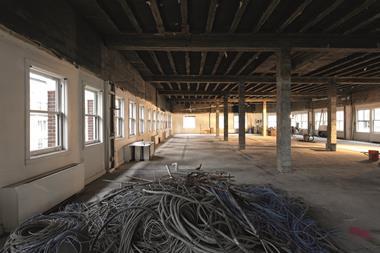Few of the findings in the NAO’s ‘Planning for new homes’ report will come as a surprise to those in the development industry (15.02.19).
Decision-making can be incredibly slow. The apparent increase in major applications determined within agreed timescales masks a 50-fold increase in the number of applications where the decision-making period has been extended.
This is in part because a supposedly plan-led system will always struggle to operate effectively when more than half of councils have a local plan that is out of date.
In addition, the government’s introduction of the flawed standard method for calculating housing targets looks set to ensure that the target of 300,000 new homes a year is missed, while simultaneously hampering economic growth aspirations across the north.
As the NAO rightly points out, local political pressures will often make it impossible for councils to pursue anything more than the absolute minimum number of homes required by the standard method. If the first rule of local government is ‘don’t mess with the bins’, then the second is ‘don’t build any homes’.
With local plans taking so long to put in place, they inevitably cross local election cycles, encouraging a race to the bottom as candidates compete to provide the best protection from change – and therefore from development.
The recent 13% cut in the housing target for Greater Manchester is a perfect illustration of that.
The planning system is complex, so the causes of these problems are inevitably complex too. The effect of spending cuts on planning departments has undoubtedly had an effect. It is not just about money, though. Unintended consequences of planning reforms have also played a significant role. As the NAO itself concludes: “It is clear the system is not working well.”
Despite that complexity, some solutions are surprisingly simple and can be quickly implemented. A little more spending and an approach to calculating housing targets that takes economic growth into account, for example, would go a long way. Others – like changing public perceptions of the planning system and development – will take much longer.
Hopefully, now these problems have been highlighted by the NAO, government will take notice and act. If it doesn’t, the problems will only get worse, and the housing crisis will only grow more acute.
Paul Smith, managing director, The Strategic Land Group






























No comments yet